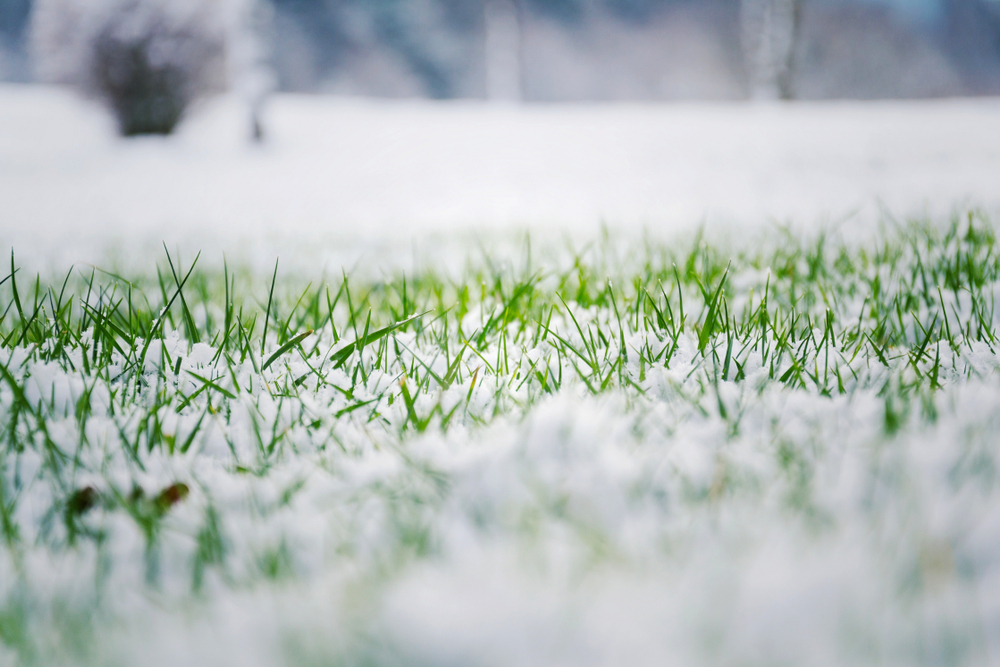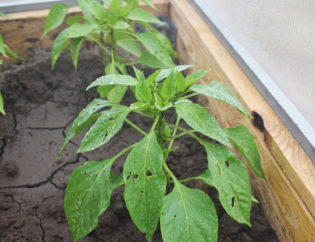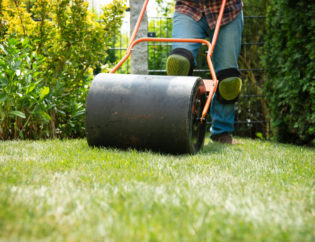
In summer, you spent much time watering and mowing your lawn to keep it green and luscious. Now that winter is quickly approaching; you need to prepare your lawn for cooler and wet weather. Preparing your lawn for winter will help keep it healthy and to come out strong in the spring.
Here are tips to prepare your lawn for winter.
Mow Your Lawn
During fall, you are supposed to mow your lawn biweekly until all leaves have fallen. This will help keep the grass at a healthy length and get it ready for winter. Remember to enquire from an expert about the minimum length to cut the grass in your yard. Generally, it is recommended to cut your grass 1.5 inches short during winter.
Keeping grass short during winter minimizes fungal growth and also delays mowing until warmer weather returns.
Fertilize Your Lawn
It’s essential to fertilize your lawn before winter starts to ensure that the grass will be lush come spring. If you failed to fertilize your yard at the end of summer, do it now before winter starts. Be inclined to organic fertilizers.
Rake
Rake all the leaves before winter starts. A wet, thick carpet of leaves will damage your lawn. Though raking is a time-consuming activity, it is the best thing you can do to prepare your lawn for winter. Additionally, you can use the leaves to make compost, turning them into rich nutrients for your topsoil in Doylestown.
If you have a light layer of leaves, you can spread them evenly on your lawn rather than racking them. The leaves will form a compost layer, feeding your grass during cooler months.
Reduce Irrigation
Your grass won’t need much water during the fall as it did during summer. Depending on your location and the amount of rainfall you are likely to receive, you should reduce or stop irrigation altogether.
Aerate the Lawn
You can rent a core aerator from a reputable service for weed removal in Bucks County. Also, you can opt to rent from a home garden store, which is relatively cheaper. Irrigate your lawn for days before aerating it. After aerating your lawn, use compost to fill the holes left behind during aeration.
Overseed The Lawn
Overseeding the lawn means spreading grass seeds over the existing turf. When overseeding, pay keen attention to areas of the lawn that are thinning or look bare. It is essential to perform a soil test before reseeding. If you have a big lawn, use a rotary spreader.
Prune
It is important to prune trees and shrubs before winter starts. Pruning will improve your tree’s health and make it easier to mow the lawn. Besides, overgrown branches can block sunlight, leaving some portions of your lawn light-starved during spring.






